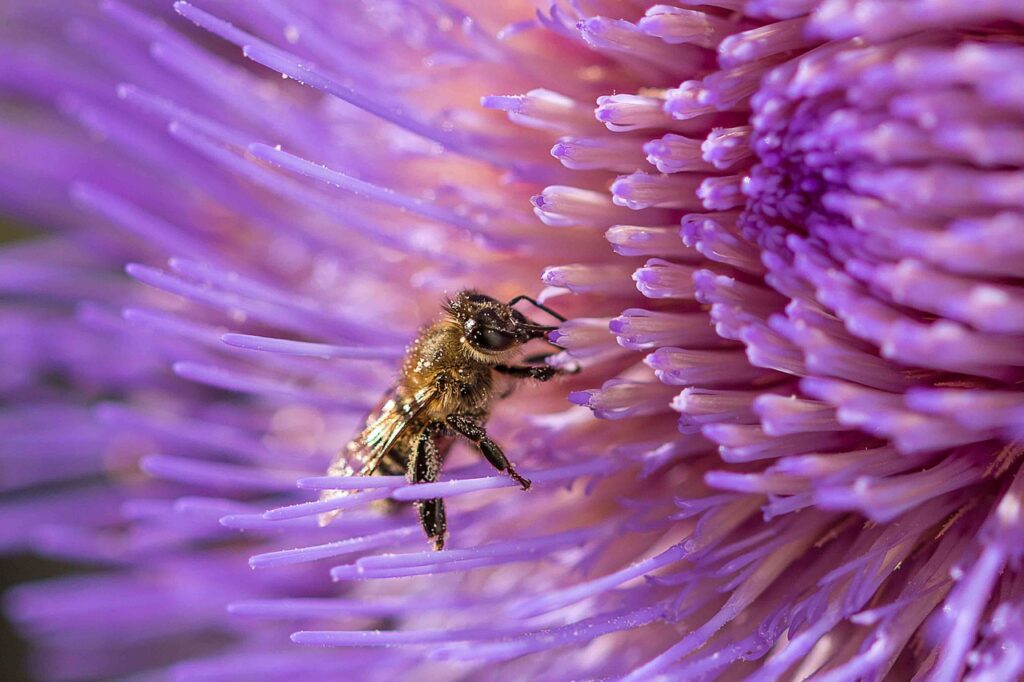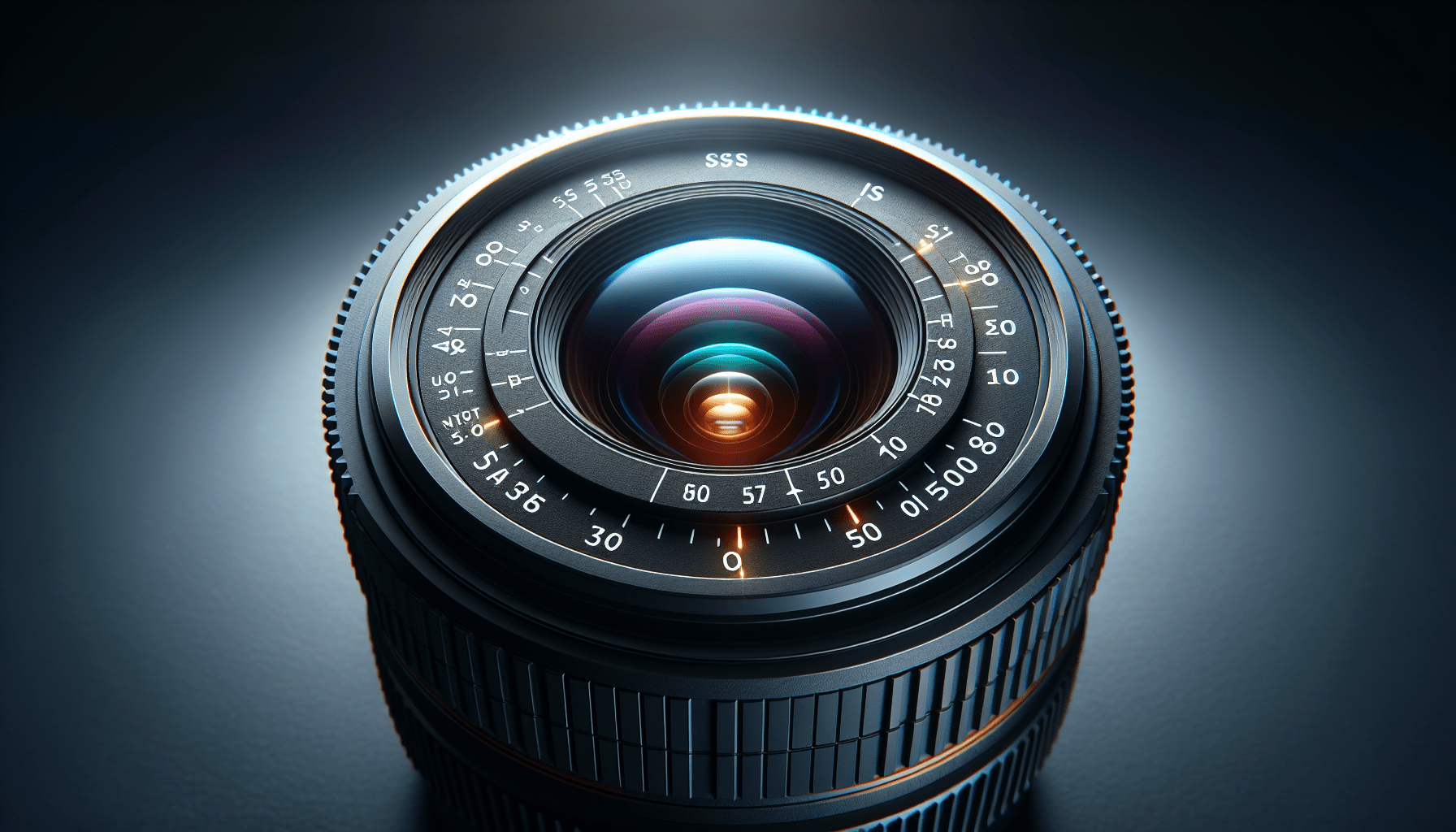Understanding the Exposure Triangle
Have you ever wondered how professional photographers are able to capture such stunning images with the perfect balance of light and darkness? The answer lies in understanding the exposure triangle. In photography, the exposure triangle is a fundamental concept that determines the overall brightness or darkness of an image. By mastering this concept, you’ll be able to take your photography skills to the next level. Let’s dive into the details!
DragonfliesAndLadybugs for more.
What is the Exposure Triangle?
The exposure triangle is comprised of three key elements: aperture, shutter speed, and ISO. These three factors work together to control the amount of light that reaches the camera sensor, ultimately determining the exposure of your image. Think of the exposure triangle as a delicate balance – if one element is off, it can throw off the entire image.
Aperture: The Gateway to Light
Aperture refers to the size of the opening in the lens that allows light to pass through to the camera sensor. It is measured in f-stops, with larger f-stop numbers indicating a smaller aperture and less light entering the camera. Understanding aperture is crucial because it not only affects the brightness of your image but also influences the depth of field. A lower f-stop (wider aperture) will result in a shallow depth of field, perfect for achieving that beautiful background blur in portraits.

Shutter Speed: Freezing Time or Blurring Motion
Shutter speed, as the name implies, refers to the amount of time the camera shutter remains open to allow light to hit the sensor. A faster shutter speed will freeze motion, making it ideal for capturing fast-paced action shots, while a slower shutter speed will create motion blur, adding a sense of movement to your photos. Mastering shutter speed is essential for controlling the sharpness and clarity of your images.
ISO: Sensitivity to Light
ISO measures the sensitivity of the camera sensor to light. A lower ISO setting is less sensitive to light but produces images with less noise, while a higher ISO setting is more sensitive to light but may result in grainy or noisy photographs. Adjusting the ISO is crucial in low-light situations where you need to brighten the image without compromising quality. Finding the right balance between ISO and the other elements of the exposure triangle is key to achieving well-exposed photos.

The Balancing Act
Achieving the perfect exposure in your photographs requires a delicate balance between aperture, shutter speed, and ISO. Understanding how these three elements interact with each other is essential for capturing well-lit and well-balanced images. A slight adjustment in one factor can have a significant impact on the overall exposure of your photo. Experiment with different settings to find the perfect combination that suits your creative vision.
Getting Creative with the Exposure Triangle
Once you have mastered the basics of the exposure triangle, it’s time to get creative with your photography. Experimenting with different combinations of aperture, shutter speed, and ISO can lead to unique and artistic effects in your images. Whether you want to freeze a moment in time with a fast shutter speed or create a dreamy, blurred effect with a slow shutter speed, the exposure triangle gives you the tools to bring your creative vision to life.

Practical Tips for Using the Exposure Triangle
- Use a wide aperture (low f-stop) for portraits to create a beautiful background blur.
- Increase the shutter speed to freeze fast-moving subjects like sports or wildlife photography.
- Adjust the ISO in low-light situations to brighten your images without sacrificing quality.
- Bracket your exposures by taking multiple shots at different settings to ensure you capture the perfect exposure.
- Practice, practice, practice – the more you experiment with the exposure triangle, the more confident you’ll become in using it to create stunning images.
Conclusion
Understanding the exposure triangle is essential for mastering the art of photography. By learning how aperture, shutter speed, and ISO work together to control the exposure of your images, you’ll be able to take your photography skills to new heights. Experiment with different settings, practice regularly, and don’t be afraid to push the boundaries of creativity. The exposure triangle is your key to unlocking a world of possibilities in photography. So grab your camera, adjust your settings, and start capturing the world in a whole new light!

Comments are closed